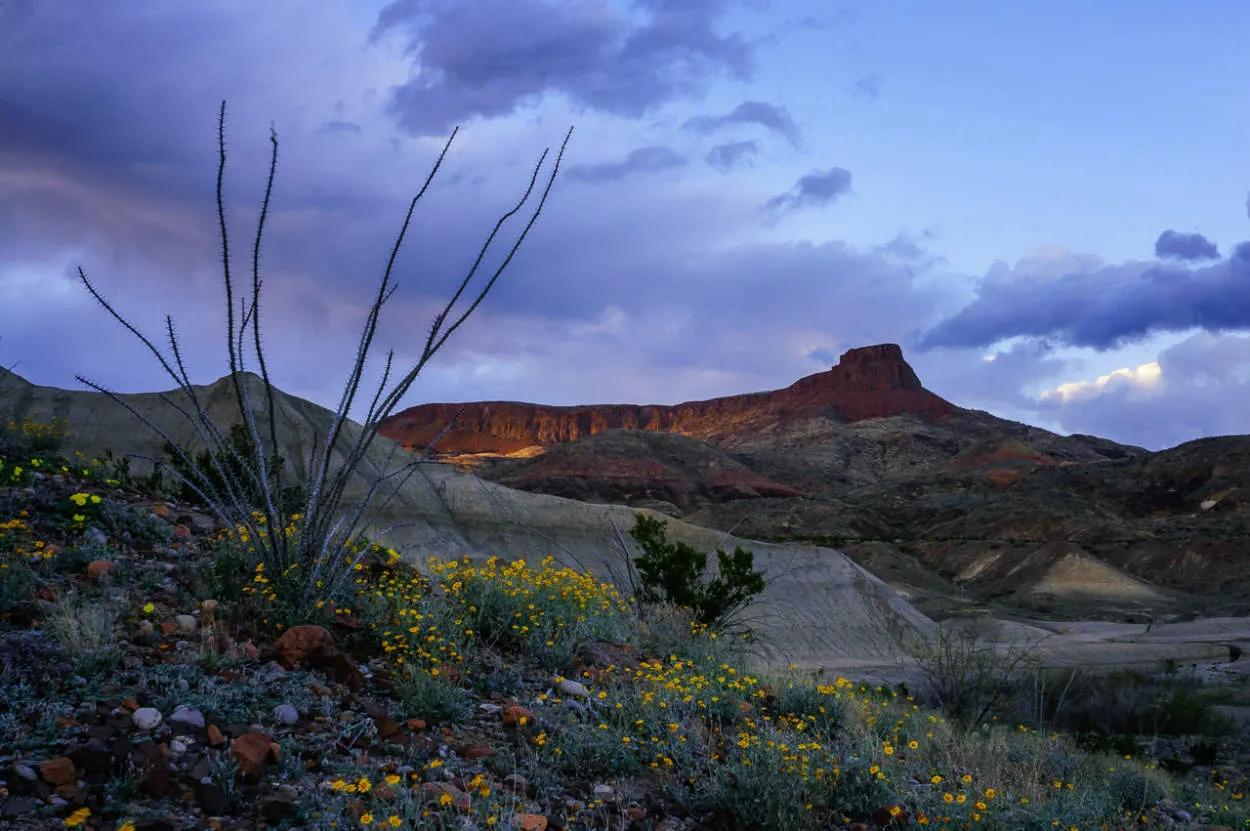Are you looking to improve your landscape photography skills? Look no further! In this article, we will provide you with essential tips that will help you capture stunning and sharp landscape photographs. Whether you’re a beginner or an experienced photographer, these tips will surely take your skills to the next level!
Understanding Aperture and Depth of Field
In landscape photography, mastering aperture and depth of field is essential for capturing sharp and visually appealing images.
Aperture refers to the size of the opening in the lens that allows light to pass through. It is measured in f-stops, such as f/2.8 or f/16. A wider aperture (smaller f-stop number) lets in more light and creates a shallow depth of field, while a narrower aperture (larger f-stop number) allows less light and increases the depth of field.
Depth of field refers to the area in an image that appears sharp and in focus. A shallow depth of field is useful when you want to isolate a subject from the background, creating a blurred background that emphasizes the main element. On the other hand, a greater depth of field is ideal for landscape photography, where you want as much of the scene in focus as possible.
To achieve a deep depth of field in landscape photography, you should use a smaller aperture (higher f-stop number) such as f/11 or f/16. This will increase the area in focus, from the foreground to the background of the image. However, be mindful of diffraction, which can affect image sharpness when using very narrow apertures.
Understanding the relationship between aperture and depth of field is crucial for landscape photographers. Experimenting with different apertures will help you find the right balance between the blurred background and the overall sharpness of your landscape images.
Utilizing the Rule of Thirds in Composition
In landscape photography, achieving sharp and visually appealing images is crucial. One technique that can greatly improve your composition is the rule of thirds. By dividing your frame into nine equal sections using two horizontal and two vertical lines, you create points of interest that can make your photos more visually engaging.
When applying the rule of thirds, it’s best to position key elements such as horizon lines, trees, or mountains along the intersecting lines or their proximity. Placing them in the center of your frame can result in a static and less interesting composition.
Additionally, the rule of thirds can also help you balance the elements in your landscape photos. By placing key subjects off-center, you can create a sense of depth and balance between the foreground, middle ground, and background.
Remember to leverage the rule of thirds while considering other important compositional techniques such as leading lines, framing, and diagonal lines. Combined, these techniques can take your landscape photography to the next level.
Using a Tripod for Stability
When it comes to landscape photography, achieving sharp images is paramount. One essential tool that can greatly improve the sharpness of your photographs is a tripod. Here are some key tips on how to effectively use a tripod for stability in landscape photography:
Selecting a Sturdy Tripod
Investing in a quality tripod is crucial. Look for a tripod that is sturdy and stable enough to support the weight of your camera and lens. Aluminum or carbon fiber tripods are popular choices due to their durability and lightweight nature.
Setting Up Properly
When setting up your tripod, ensure that it is positioned on a solid surface. Extend the legs fully, and if needed, use a counterweight or hang your camera bag on the center hook of the tripod to add extra stability.
Using a Remote Shutter Release or Timer
To eliminate camera shake completely, use a remote shutter release or the timer function on your camera. This will prevent any movement caused by pressing the shutter button manually.
Adjusting the Tripod Height
Experiment with different tripod heights to find the most suitable one for your composition. Lowering the tripod closer to the ground can provide unique perspectives, while increasing its height can help capture expansive landscapes.
Locking the Tripod Legs and Ball Head
Once you have framed your shot, make sure to lock the tripod legs and ball head securely. This will prevent any unintentional movement or vibrations that could impact the sharpness of your image.
Using Mirror Lock-Up
If your camera has a mirror lock-up feature, enable it when using a tripod. This will minimize any vibrations caused by the mirror flipping up before capturing the image.
Considering Weather Conditions
In windy conditions, use a tripod with a hook on the center column and hang a bag or weight from it to enhance stability. Additionally, consider using a remote shutter release to further reduce camera shake.
By utilizing a tripod for stability in landscape photography, you can significantly improve the sharpness of your images. Experiment with different techniques and find what works best for your style and shooting conditions.
Harnessing Natural Lighting for Stunning Landscapes
When it comes to landscape photography, one of the key elements that can make or break a shot is the lighting. Natural lighting has the ability to transform an ordinary landscape into a breathtaking scene. Here are some essential tips to help you capture sharp landscape photographs by harnessing the power of natural lighting:
-
Golden Hour:
The golden hour, which occurs during sunrise and sunset, is widely regarded as the best time for landscape photography. The soft golden light during this time adds a warm and magical touch to your images. Plan your shoots accordingly to take advantage of this stunning light.
-
Cloudy Days:
While bright sunlight can create harsh shadows and high contrast in your photos, cloudy days offer a diffused light that is perfect for capturing landscapes. The soft and even lighting on cloudy days helps to bring out the details and colors of the scene without any harsh shadows.
-
Weather Changes:
Keep an eye on the weather forecast as it can greatly influence the lighting conditions. Dramatic weather changes such as storms, fog, or rain can add a sense of mood and atmosphere to your landscape photographs. Experiment with different weather conditions to create unique and captivating shots.
-
Backlighting:
Backlighting occurs when the main source of light is behind the subject. This technique can create stunning silhouettes, emphasize textures, and add a beautiful glow to your landscape photos. Experiment with different angles to achieve the desired effect.
-
Shadows:
Pay attention to the shadows created by the natural lighting. Shadows can add depth, dimension, and drama to your landscape images. Use them strategically to highlight certain elements or create interesting patterns.
By understanding and using natural lighting effectively, you can elevate your landscape photography to a whole new level. Remember to experiment, be patient, and keep practicing to capture stunning landscapes that showcase the beauty of nature.
Conclusion
In conclusion, mastering the art of landscape photography requires a combination of technical skills, creativity, and careful attention to detail. By following the essential tips outlined in this article, photographers can enhance their ability to capture stunning and sharp landscape photographs. From selecting the right equipment and settings to understanding lighting and composition, these tips provide a solid foundation for achieving remarkable results. So go out, explore various locations, and practice these techniques to take your landscape photography to the next level.




